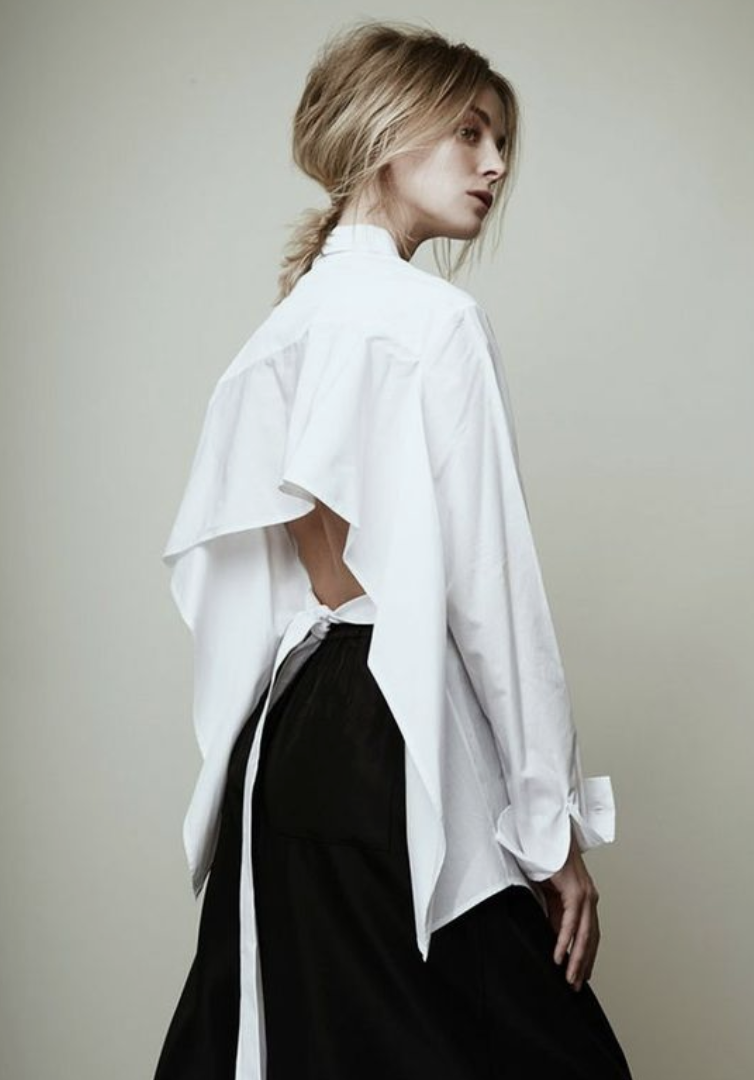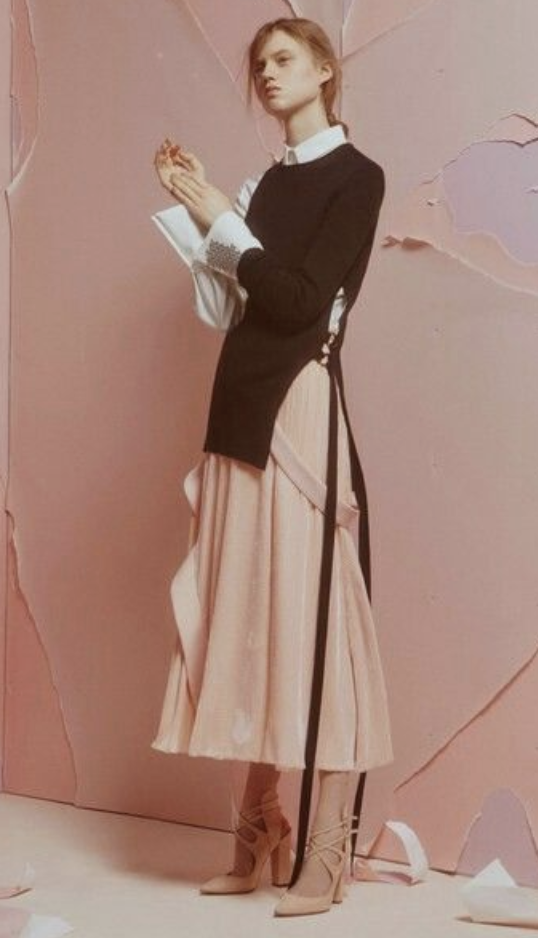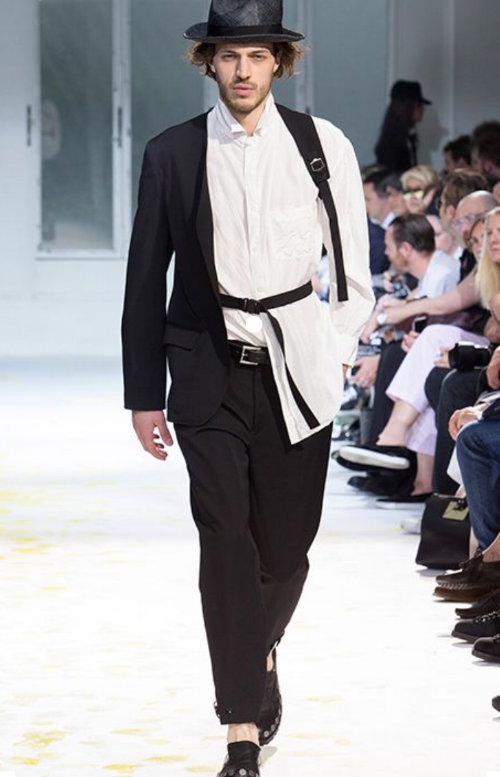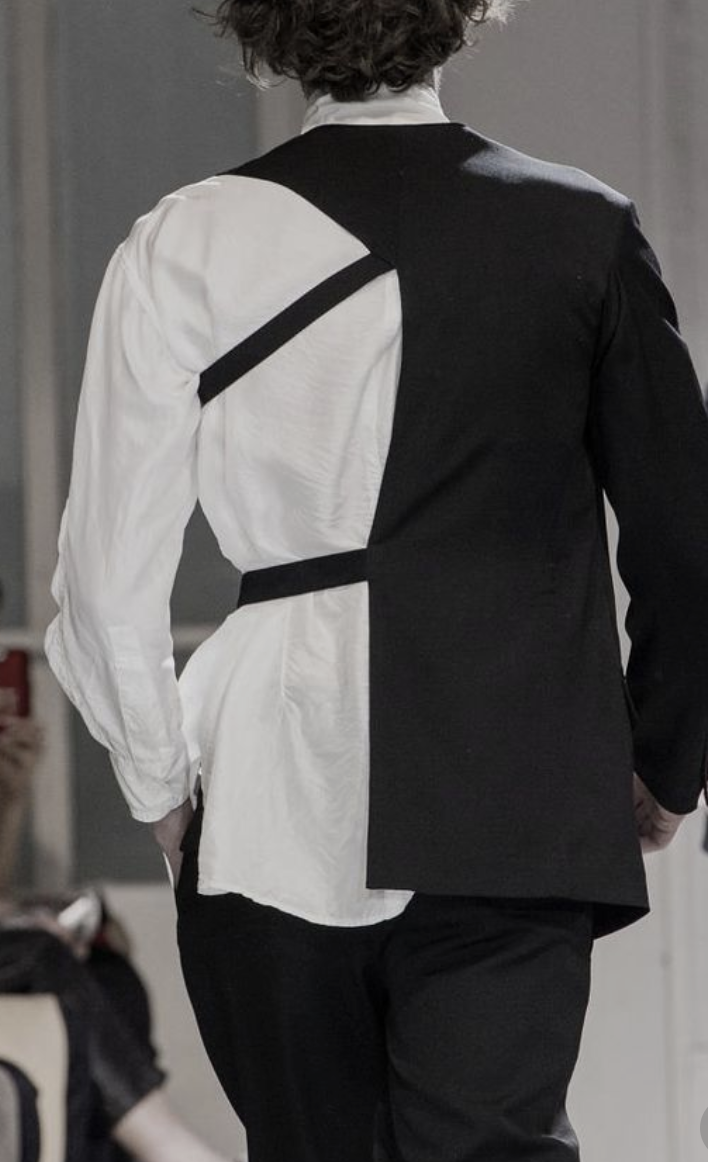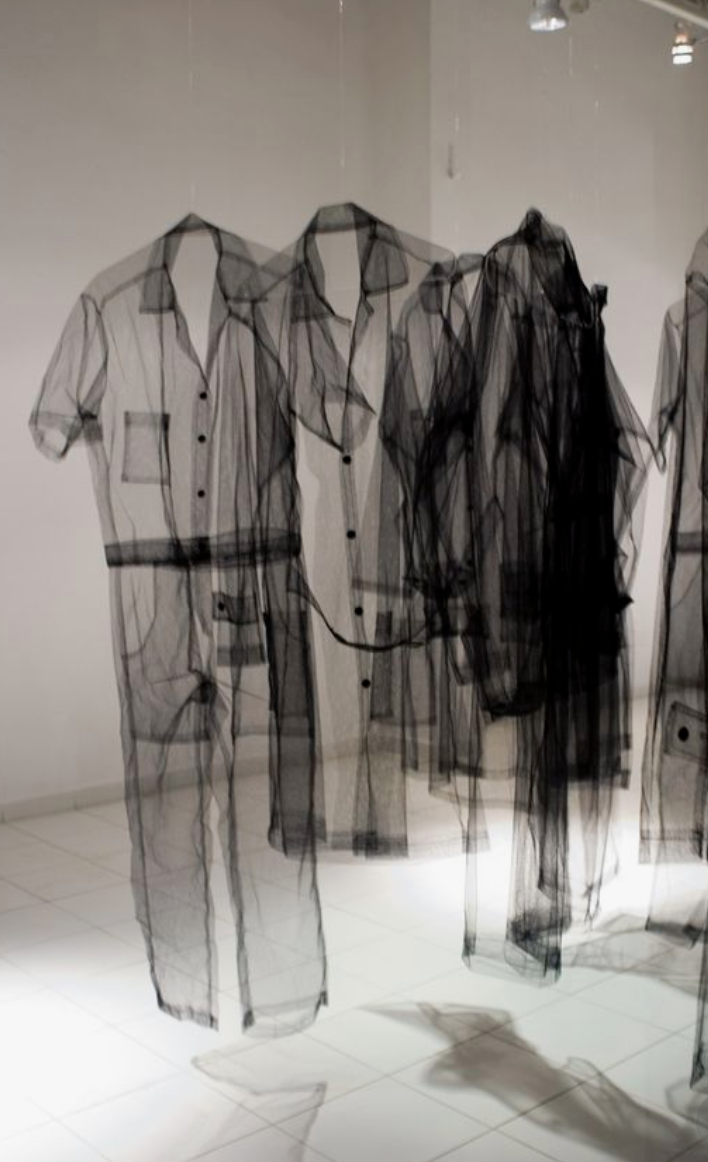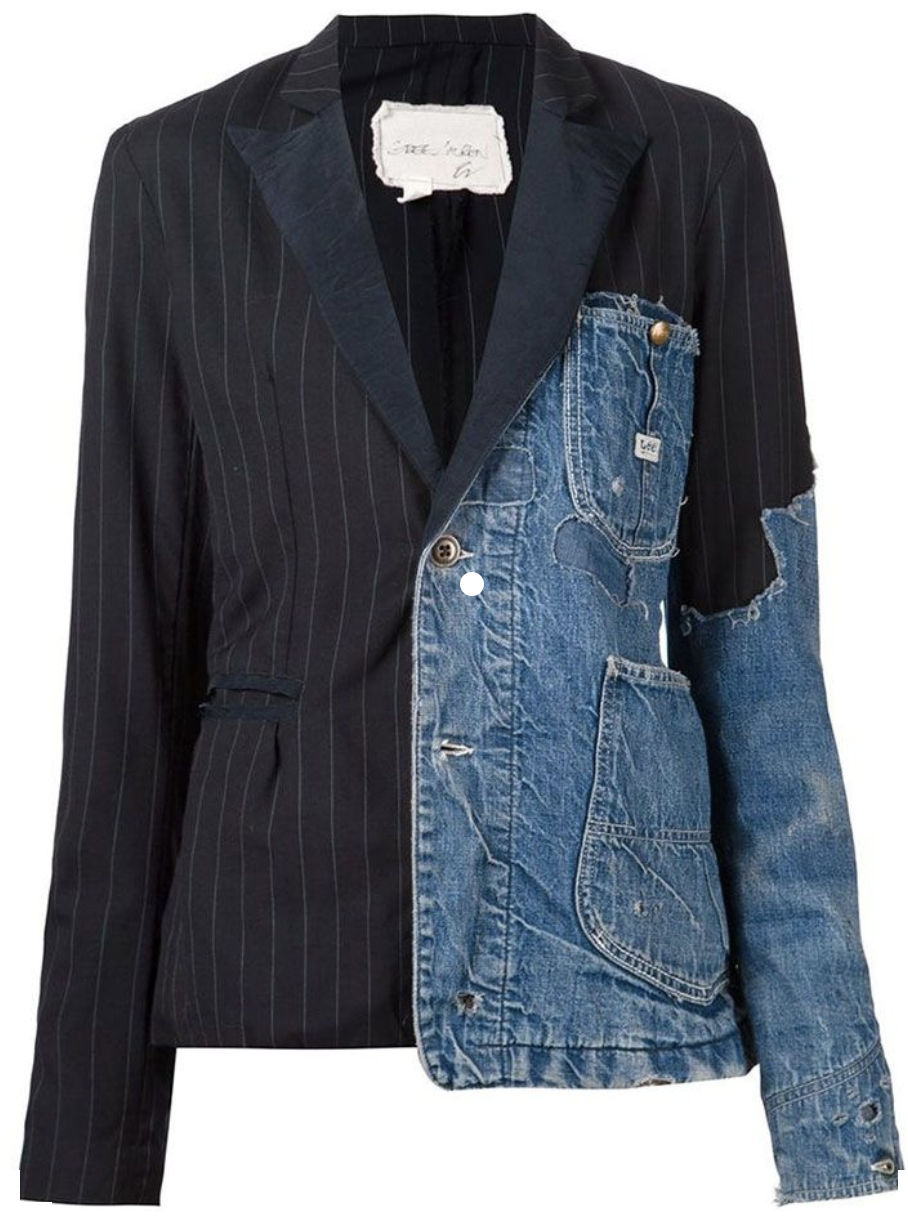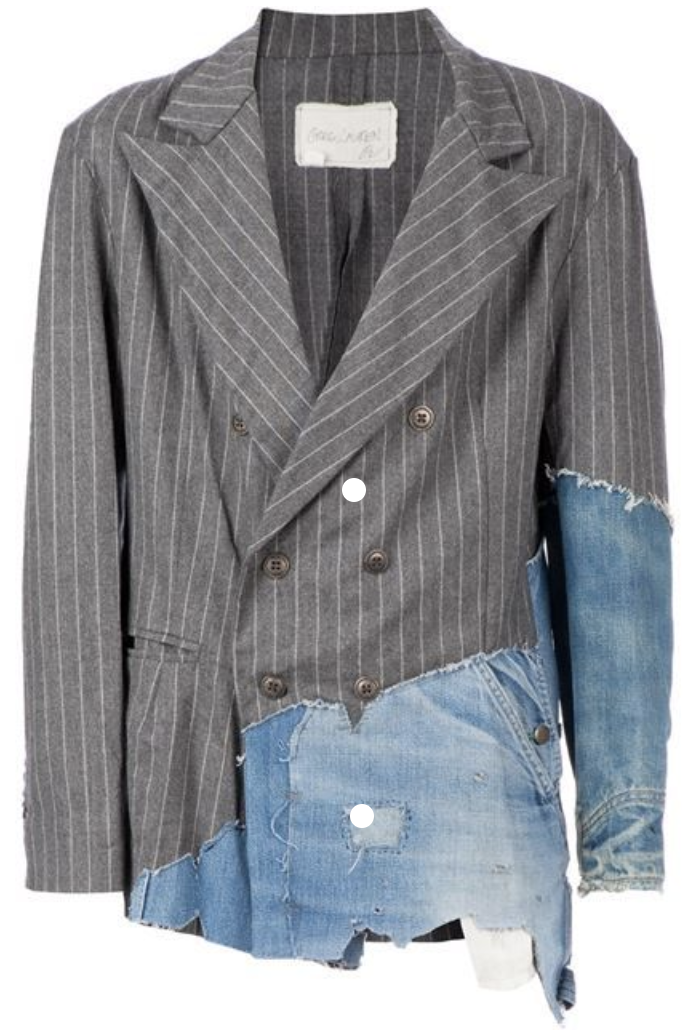The moody and cloudy weather of September 8 was diluted with the visit to the exhibit ‘Half the Picture: A Feminist Look at the Collection’ at the Brooklyn Museum.
Located on the fourth floor, it consisted of a variety of posters, pictures and installations.
While walking through the hallway, my attention was caught by the picture of Renee Cox ‘Yo Mama’ (1993), that displays the naked African American woman with a baby in her arms.
Ms. Cox shows us the oversized Virgin Mary, as an attempt to skewer the whiteness of traditional Christian art.
The first emotions, that are evoked, while looking at that picture, mean strength, power, and confidence. That woman, she looks into the future. She seems like a warrior, superwoman, that is able to take care of the family and baby by herself. She is not afraid. She is her own support. It can be called a positive and healthy feminism. That woman, she is actually of a bigger size than the average person. All her posture and facial expressions are trustworthy.
And I was questioning myself, why did she catch my attention so well? And what does the current modern society actually need in terms of female power?
That one, who is the fighter, who is not afraid to be stronger as a man? Or that one, who will follow someone else? The answer appears to be in favor of a strong one. But then does not it mean, that if you are so self-made and confident, that you are lonely in fact? And how to avoid that inner conflict?
And will you still have that confidence and strength, if one day you will wake up and get the diagnosis of let say – the breast cancer? Wouldn’t you want to be connected to someone, who will be ready to give you his hand and tell you ‘hey, baby, I am with you and we’ll fight it together’..?
I guess, that a female simply cannot afford to be that kind of soft in the modern world since it could be considered as a weakness and someone can use it. Deep inside ourselves, we are alone. And we, women, have to fight and be ready for the challenge. Then we might be able to afford the illusion of safeness independency, but we will not need it anymore. We would be over it.
Moving forward, we see the installation ‘To Prudence Lopp’, done by Beverly Buchanan (2007), that represents the traumatic history of slavery.
There is something in that installation, that people would like to not keep in memory, that horrible division of people of different skin color. And there is very symbolic, that those houses right next to each other are also dark and white. I think it was a kind of smart idea to create those houses looking old, to underline that all of that history of slavery is our past, and is no longer in our present.
The other piece worthy to mention, is ‘And Babies?’ of The Artists’ Poster Committee of Art Workers Coalition (1970). The poster displays the brutality of the war in the Vietnam, when U.S. solders murdered between 347 and 504 civilians.
What you see there is a pain and suffering of death. It’s kind of a brave desire to capture that moment and present it to the public. Fells like someone is screaming through that picture. And I was questioning myself, if we could guess, what could those women from the poster really wanted before being killed? Did they want to be protected or to protect themselves?
And why should we actually use that kind of a powerful, loudly speaking picture to attract someone’s attention and to be heard? Why less radical methods are not that effective? Why people don’t want to react peacefully?
Those three examples of the visual presentation of the feminist attempts to be heard, mentioned above, are important, but not the last worthy to see from the whole exhibit. So it’s definitely worthy to go there and check on your own.
I think that kind of installations will appear more and more, since we need those female voices. Some of them eventually reach the world-wide recognition, the others – stay local, in their niche, and they are of the same very big level of importance for the particular person.
To be present. To be in this moment. To live and understand issues of the current society, that’s what matters.
Written by
Alina Kuderska















